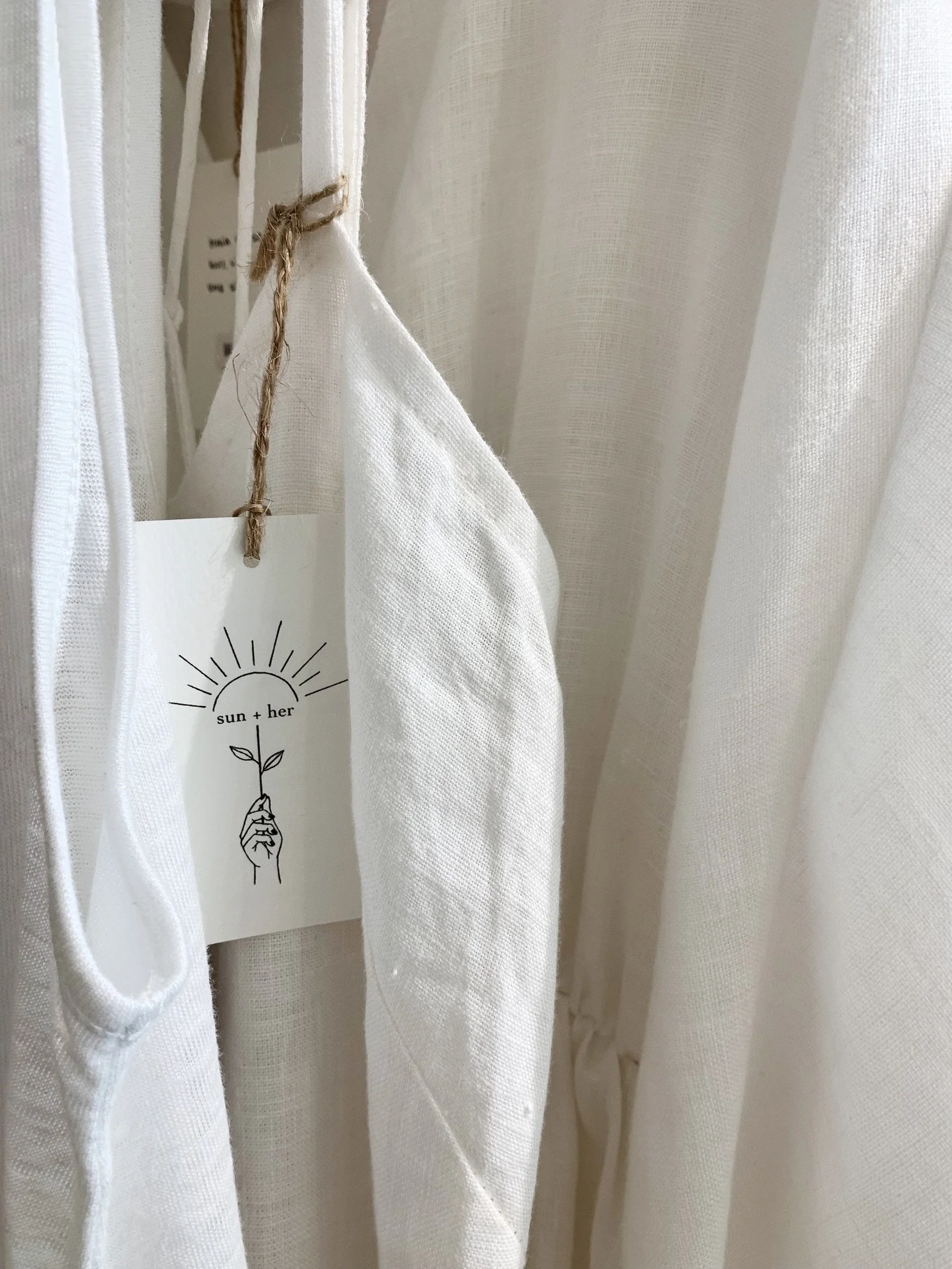Producing Linen (The Process)
As our planet changes and we become more and more aware of the choices we make and how it affects our daily life, we continue to choose to make our clothes with linen because we believe in its quality, earth friendliness and longevity.
But how is it made? Here is a little overview in case you are curious as well…
Linen comes from bast fibres from the inner bark of the flax plant. (Hemp, Jute and Raime also produce these same fibres). Bast fibres are a favorite for making cloth because they dry faster than cotton and wool while also being stronger when wet and they can also be stored in a dry place for years. (An interesting fact: that is why items like ropes and ships sails were made from them before modern synthetic materials were used).
The actual process from harvesting the flax to turning these fibres in to linen has a longer production time than most cloths because of the many steps involved and the care that must be taken.
Flax grown in Lithuania is eco-friendly because our fields do not take a lot of water, so farmers have no need to irrigate or fertilize during the growing process.
First, the flax must be soaked to soften the outer stems and this is called Retting. The stems can be soaked in a stream or even a tub. Another way is by laying the plants in a field during fall where they are dew soaked. This can take a few weeks where if a stream or tub is used, only several days.
Then the production begins, which means it is time to separate the fibres from the stalks. This is the most important process and is done very carefully because you want to ensure that the longest and strongest fibres are preserved. (This is also when seeds are removed for future production with the pods that are collected as well at harvest).
The longer yarns are then spun in to linen…
We are lucky to be in Lithuania, where the conditions for growing the Flax plant are among the best, which is why producers here are known for their quality, making it a fabric that can be passed through generations.

